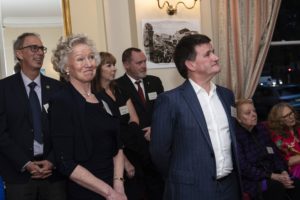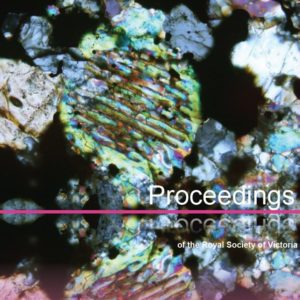This report and its recommendations from the Royal Society of Victoria (RSV) are released in the context of the EGCMA’s renewal of the Gippsland Lakes Ramsar Site Management Plan, which aims to revisit and reestablish a framework for the maintenance of the Lakes’ unique ecological characteristics through “the promotion of conservation and wise, sustainable use.”
The Council of the Royal Society of Victoria is delighted to announce that Professor Patrick De Deckker AM has been selected to receive the RSV’s 2023 Medal for Excellence in Scientific Research. Patrick’s remarkable career spans almost three decades, making enormous contributions to fields within palaeoontology and environmental science.
‘Trees are the architects of the modern world,’ says Dr Ashleigh Hood. At the end of the Devonian period, forests emerged and spread, providing a great source of oxygen via photosynthesis. So while many consider the emergence of animals to be the principal driver of contemporary life, Ashleigh’s work suggests the atmospheric oxygen provided by terrestrial plants has been foundational to the emergence of Earth’s modern biosphere.
The Royal Society of Victoria is delighted to congratulate Dr Ashleigh Hood, the 2022 recipient of the Phillip Law Postdoctoral Award, and the first to be awarded in the new category of Earth Sciences. Her research focuses on the co-evolution of life and planetary surface conditions over the last several billion years of Earth’s history. Ashleigh attained her PhD in geology from the University of Melbourne in 2014.
At the boundary between the basalts of the western suburbs of Melbourne and the Silurian sedimentary rocks of the eastern suburbs, the Merri Creek meets the Yarra River. The location is rich in the history of contact between Indigenous and European peoples, and in the industrial history of Melbourne. It holds the complex geological story of the lavas and turbidities that underpin the geography of Melbourne, told by Dr James Driscoll and Mr Rob Gell AM.








